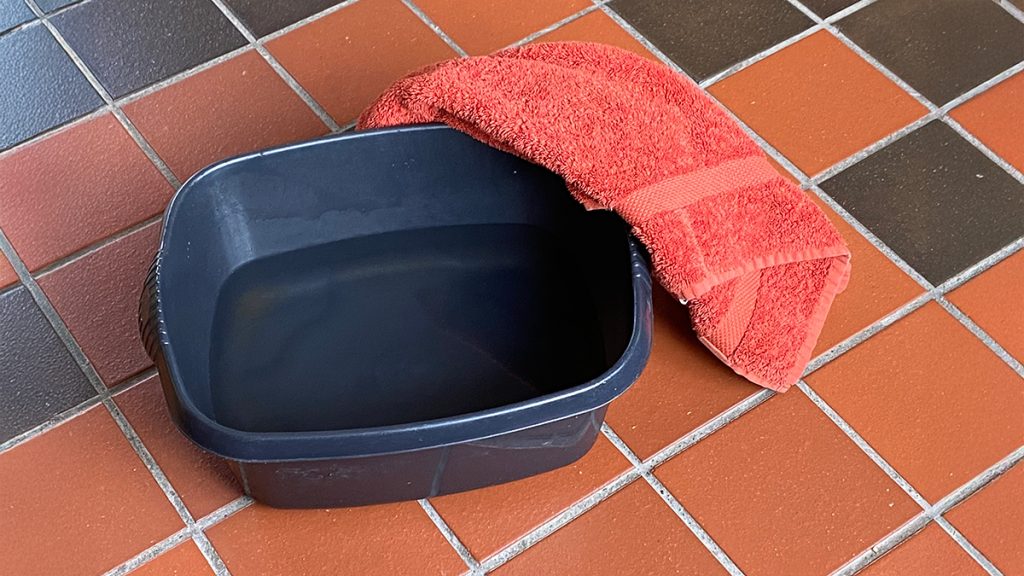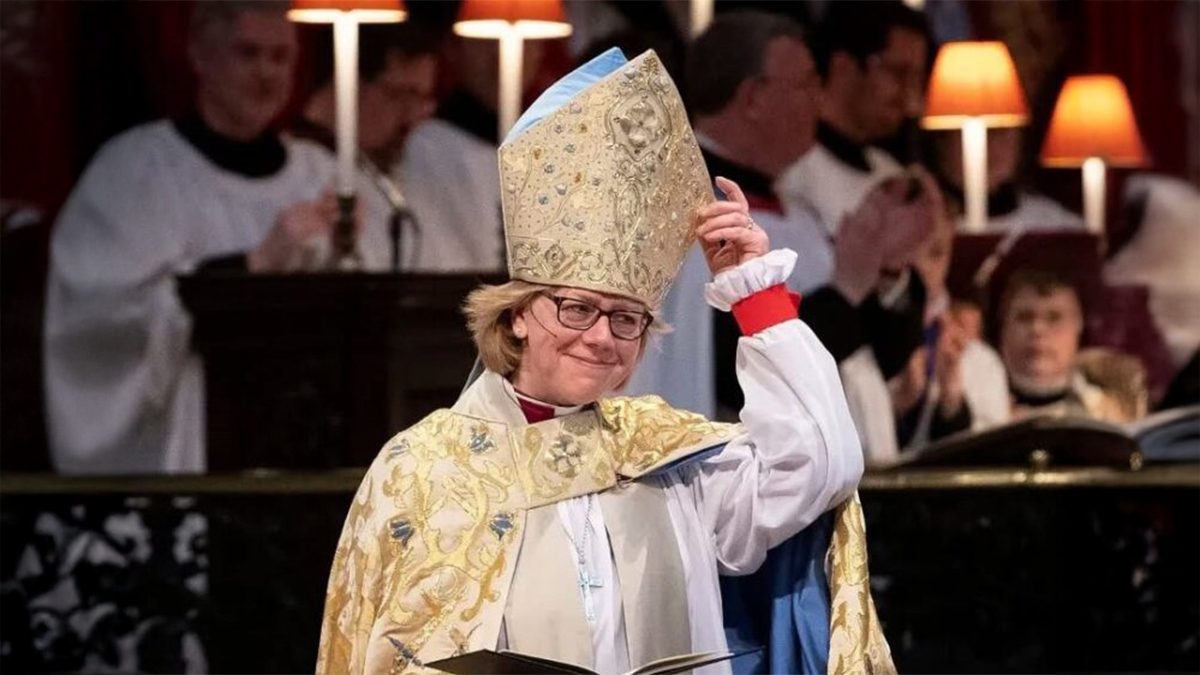Bishop Sarah Mullally was announced as the new “ABC” (Archbishop of Canterbury) on 2 October. She began her acceptance speech with these words:
Washing feet has shaped my Christian vocation as a nurse, then a priest, then a bishop. In the apparent chaos which surrounds us, in the midst of such profound global uncertainty, the possibility of healing lies in acts of kindness and love. With humility and grace, we uphold and support those in need of our help. We do this to the best of our ability, in small ways and big, according to our own very particular gifts. That too is the service which I offer to the Church today.
The secular media did not know what to make of it when reporting that evening on TV. Their faces looked puzzled. What has a nurse washing feet got to do with being made head of the Anglican Communion?
Media confusion at a gospel image
Chatting to people about this, I noticed that they picked up on the practical task rather than spotting the bigger gospel picture.
One acquaintance expressed surprise that a nurse should do this; surely trained nurses have more important duties than washing their patients’ feet?

The challenge of John 13
In John’s Gospel, we have the Last Supper scene of Jesus washing the disciples’ feet.
This should be familiar to us from the Holy Thursday evening liturgy, yet it remains an event unseen by most Christians and experienced by even fewer.
The purpose of Jesus’ action is that all disciples should have the experience both of washing feet and having their feet washed.
When liturgy becomes mime
When the ritual is performed on Holy Thursday, its meaning is often twisted by being done by only one person—the parish priest—and it takes on the character of a mime.
“Jesus did this on this evening; let’s just copy him and it will look like we are doing it all over again.” But when liturgy becomes mime, it
Likewise, it is often interpreted as a way to show the priest’s humility. Here is the “VIP,” yet he does this. This is the way the ritual was used by kings and bishops in medieval Europe. In this way, the ritual just becomes a pretence.
Read the Gospel, and what it says is that “you should wash each other’s feet.” It is a way to model the Church: we are all to engage in mutual acts of caring. The way to show it is to wash one’s neighbour’s feet.
Vision of church
Mullally is laying out a model not only of ministry but of the Church. If all of us took up this model of foot washing—and one has to do it to understand it—then it would revolutionise the Church. We are in her debt for bringing it to the forefront.
- Thomas O’Loughlin is a presbyter of the Catholic Diocese of Arundel and Brighton and professor-emeritus of historical theology at the University of Nottingham (UK). His latest book is Discipleship and Society in the Early Churches.
- His latest book is “Shaping the Assembly: How Our Buildings form us in Worship”.

